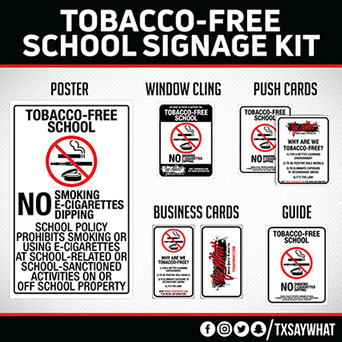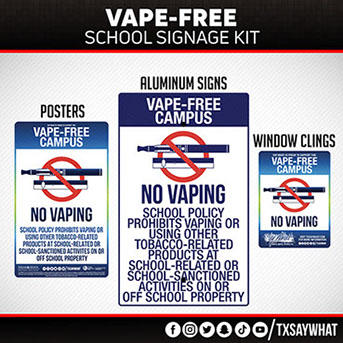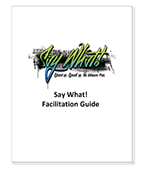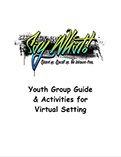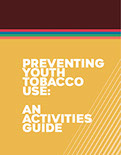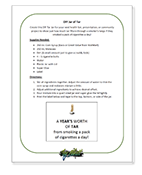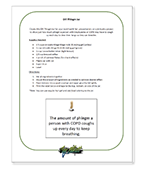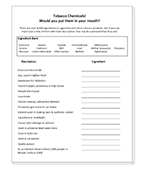

Education and increasing awareness are essential to creating the first tobacco-free and nicotine-free generation. Most people don’t realize the negative impact tobacco and nicotine products have on our society and our health. So, we’ve created easily accessible resources that can be downloaded to help you educate your peers and community members about the harmful effects of tobacco use.
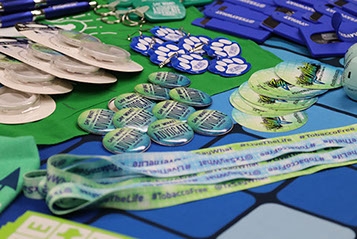
These presentations were created by Say What! Teen Ambassadors, Consultants, and staff and were presented during numerous statewide trainings including the Say What! Action Summits and annual Texas Tobacco-Free Conference.

Say What! PowerPoints
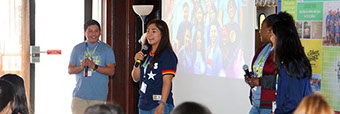
For centuries, Big Tobacco has exhausted every access point to gain new consumers. From taking a sacred plant and turning it into a deadly product, to infiltrating American culture, the tobacco industry has stopped at nothing to influence and manipulate every single person into using their deadly products. This presentation will expose each deceptive tactic and practice from the beginning of tobacco’s history.
There’s no such thing as a “safe” tobacco product. All are dangerous and can lead to very adverse mental & physical effects for a user and the people around them. During this presentation, learn more about all the gross realities of what commercialized tobacco products can do to the body and mind.
The tobacco industry’s commercialized products don’t just affect the health of people, but the health of our planet, too. This presentation will help facilitate a discussion about the devastating impact that manufacturing tobacco products has on our environment, child labor issues the industry causes in other countries, and what the industry has to say about the mess they have created.
So, you know nicotine is addictive, but have you ever wondered just how exactly vaping can cause addiction? What about those chemicals? You know they’re dangerous too but what is happening to the body and brain? This presentation will expose all the different chemicals that are found inside of vapes and the adverse effects done by those same chemicals.
Tobacco companies have been deceiving and killing for too long. This presentation discusses how some states in the U.S. as well as other countries are implementing strategies that are finally taking down Big Tobacco to create the first nicotine-free generation.
Create your own presentation with our Say What! themed slide deck. Whether you're giving an educational presentation or recruiting members to join your youth group, you can use this template to help you represent being a part of the Say What! movement.
Say What! educational handouts include flyers, fact cards, and infographics that discuss a variety of tobacco prevention topics including e-cigarettes, hookah, smokeless tobacco and much more. You can download these handouts in English or Spanish for any school or community project or as a leave behind when speaking to elected officials, school board members, school administrators, or community organizations and businesses.
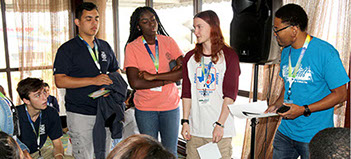
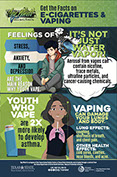
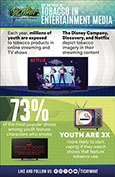
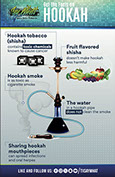
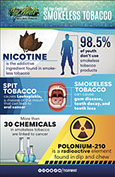
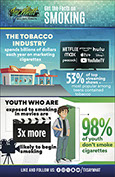
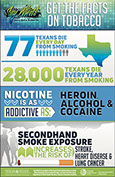


Educational Handouts

Tobacco-Free School Signage
Vape-Free School Signage


Phone
512.245.8082
Mailing Address
Texas School Safety Center
ATTN: Say What Program
Texas State University
601 University Drive
San Marcos, TX 78666

Say What! was created and designed by young people from across Texas and connects students interested in eliminating tobacco from their schools and communities. The Say What! movement is funded by the Texas Department of State Health Services through a contract with the
Texas School Safety Center at Texas State University.






